Weather maps and Hummingbird map
kristin_williams
18 years ago
Related Stories

GARDENING GUIDESBackyard Birds: Invite Entertaining Hummingbirds Into Your Garden
Hummingbirds — unique to the Americas — zip through open landscapes seasonally or year-round. Here’s how to attract them
Full Story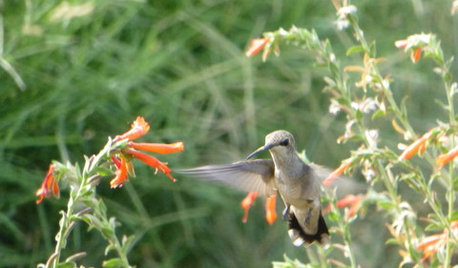
GARDENING FOR BUTTERFLIESGreat Design Plant: California Fuchsia Brings Color and Hummingbirds
Set this summer perennial up in a dry and sunny spot for blazing orange or red blooms into fall
Full Story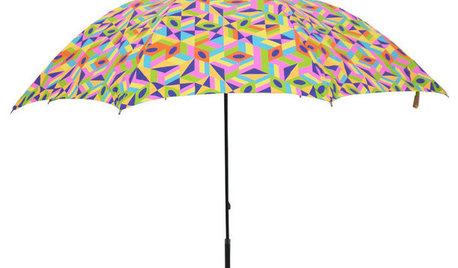
DECORATING GUIDESWeather a Design Slump With Umbrella Patterns
If your rooms are feeling dreary, lift their spirits with a charming pattern choice: the umbrella
Full Story
GARDENING GUIDESHow to Find the Right Native Plants for Your Yard
Find plant maps, sale sites and guides that make going native in the garden easier than ever
Full Story
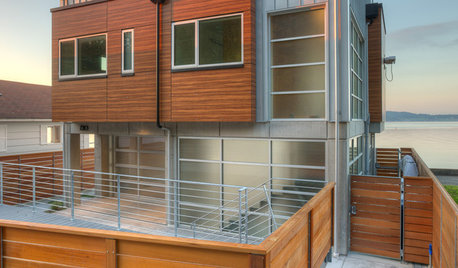
ARCHITECTUREHouzz Tour: Sturdy Enough for a Tsunami
Storms don't scare this Washington state home; breakaway features and waterproof finishes let it weather high winds and waves
Full Story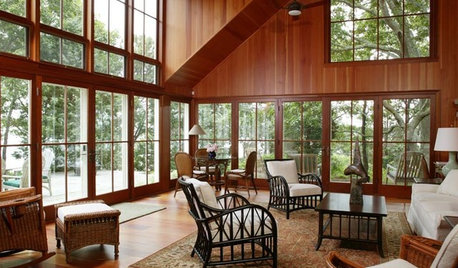
ARCHITECTUREWant to Live by the Water? What You Need to Know
Waterside homes can have amazing charm, but you'll have to weather design restrictions, codes and surveys
Full Story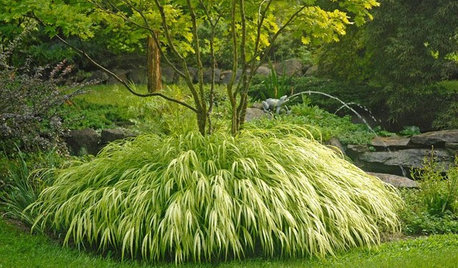
PRODUCT PICKSGuest Picks: 20 Gorgeous Perennials to Plant Now
Take advantage of warm spring weather to create a colorful garden with blooming plants, succulents and ornamental grasses
Full Story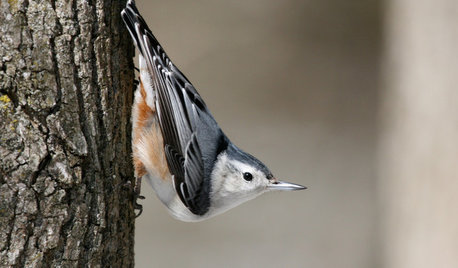
GARDENING FOR BIRDSBackyard Birds: Those Nutty Nuthatches
The North American songbirds, which often perch upside down, make themselves known in the winter landscape
Full StorySponsored




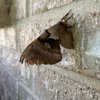
gardenatthegap
kristin_williamsOriginal Author
Related Discussions
Map-2012 Migration of Ruby-throated Hummingbirds
Q
2007 Hummingbird Migration Map-Where are the hummers now?
Q
Ugly Weather for Japanese. Map/What to do?
Q
Sun, Weather Map: Warnings, Advisories
Q
glok
penny1947
yes_virginia
kristin_williamsOriginal Author
penny1947
kristin_williamsOriginal Author
penny1947
kristin_williamsOriginal Author
hbwright
penny1947
jenny_in_se_pa
kristin_williamsOriginal Author
jenny_in_se_pa
darbygirl
seanconnery
ghoghunter